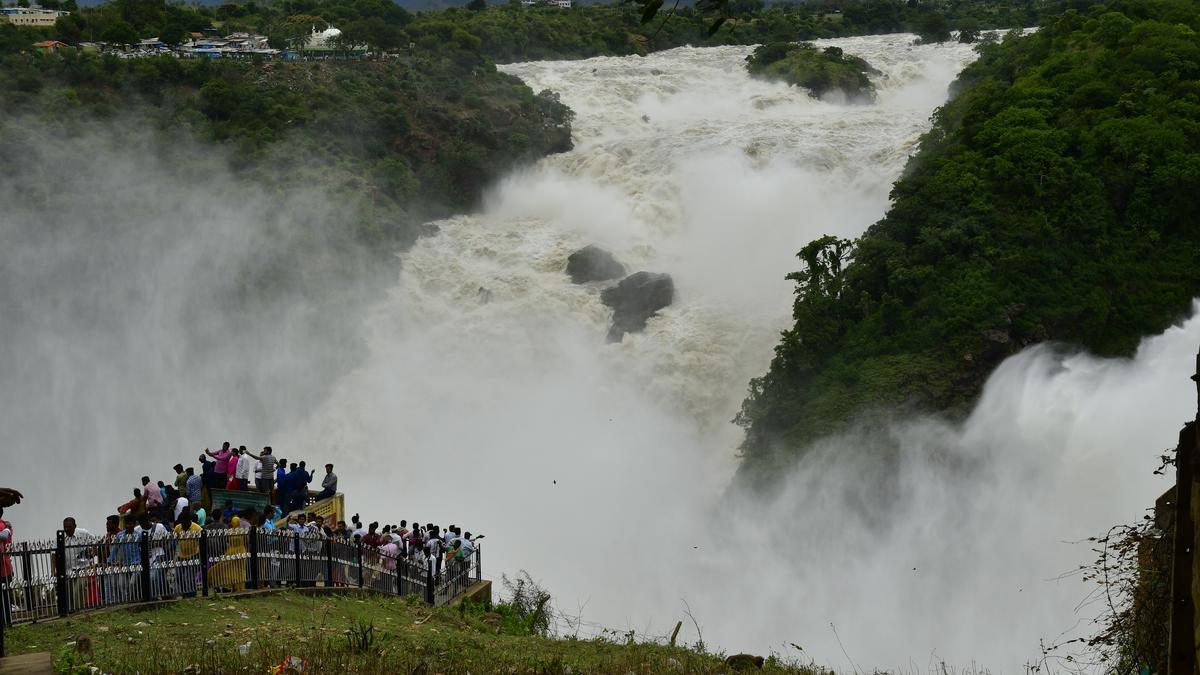
On biodiversity day, ‘becoming part of the plan’ Premium
The Hindu
Biodiversity issues are one of the most critical challenges the world faces today
Today, May 22, is ‘International Day for Biological Diversity (IDB)’ or ‘World Biodiversity Day’, authorised by the United Nations to address biodiversity issues. Biodiversity issues are one of the most critical challenges the world faces today. The theme this year is ‘Be part of the plan’, which demands action from all stakeholders to halt and reverse the loss of biodiversity by supporting the implementation of the ‘Kunming-Montreal Global Biodiversity Framework (GBF)’ or ‘the biodiversity plan’.
The GBF was adopted during the 15th meeting of the Conference of the Parties (COP-15) of the Convention on Biological Diversity (CBD) after a four year consultation and negotiation process. This historic framework, supports the achievement of the Sustainable Development Goals (SDGs) and builds on the CBD’s previous Strategic Plans. It aims to have an ambitious pathway to reach the global vision: ‘a world living in harmony with nature by 2050’. The key elements of the framework include four biodiversity conservation related goals for 2050 and 23 targets for 2030.
The implementation of the Kunming-Montreal GBF will be guided and supported through a comprehensive package of decisions, which were also adopted at COP-15. This package includes: a monitoring framework for the GBF; an enhanced mechanism for planning, monitoring, reporting and reviewing the implementation steps; necessary financial resources for implementation; strategic frameworks for capacity development and technical and scientific cooperation, and, agreement on digital sequence information on genetic resources.
In brief, the biodiversity plan offers opportunities for cooperation and partnerships among diverse actors with a desire that everyone has a role to play, thereby becoming a part of the plan. The actors/stakeholders include: local and indigenous communities (who are the custodians of biodiversity), government and policy makers, and biological/genetic resources-related industrialists. In a broader sense, all of humanity which has direct and indirect stakes in biodiversity, which supports its life and livelihood, should be a part of the plan.
Biodiversity is the life and livelihood of humanities. Without biodiversity’s innumerable goods and service supports, we cannot imagine our life in this universe. The air we breathe, the water we drink, the food we eat, the many life-saving medicines we depend on during illness, and a number of biological resources-based consumer products which make our life comfortable are from biodiversity. Besides, biodiversity’s contributions in climate control, ecosystem stabilisation, regulation of hydrological and nutrient cycles, disease control, recycling of biodegradable wastes and purification of contaminated air and water are significant.
Even if biodiversity is essential for our existence, it is doubtful to what extent we realise this fact. And it is unbelievable that biodiversity degradation/depletion is primarily due to anthropogenic reasons. Mass land use change (replacing ecologically sensitive areas with buildings), over-extraction of renewable natural resources (water, forests and marine resources, soil quality) more than its regeneration, indiscriminate discharge of solid and liquid wastes from domestic and industrial sectors, climate change impacts (floods and droughts) and proliferation of ‘Invasive Alien Species’ which destroy native flora and fauna are the major drivers of biodiversity degradation.
The recent Intergovernmental Science-Policy Platform on Biodiversity and Ecosystem Services (IPBES) report reveals the gravity of the global species loss in the last decade and its consequences on nature and humans. If this trend continues, human existence in this universe itself will be under threat. The COVID-19 pandemic has a strong connection with biodiversity degradation and ecosystem disequilibrium. A mass public awareness and political will in this regard is required.











